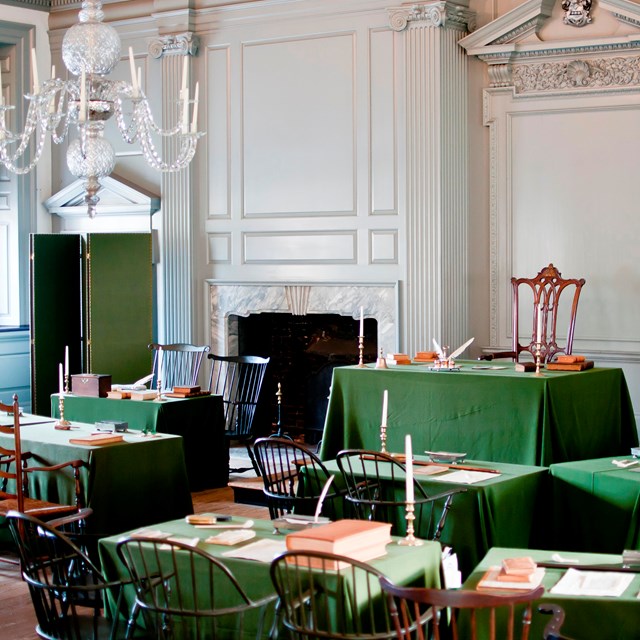Last updated: February 19, 2025
Article
Realizing the Dream: The Civil Rights Act of 1964 and Beyond
The framers of the Declaration of Independence laid out a revolutionary vision around human equality and fundamental rights to "life, liberty, and the pursuit of happiness."
Guided by this vision, generations of Americans—abolitionists, suffragists, and countless others in the centuries since the nation’s founding—have struggled to achieve these ideals and ensure that they apply to all.
- Duration:
- 2 minutes, 44 seconds
Many national parks were created to preserve and tell the story of the struggle for civil and human rights envisioned in the Declaration of Independence and advanced by the 1964 Civil Rights Act.
Signed into law July 2, 1964, on what would have been the 39th birthday of civil rights activist Medgar Evers, the Civil Rights Act outlawed discrimination on the basis of race, color, religion, sex, or national origin. It was not the first national attempt to codify civil rights, and it did not end discrimination, but it is among the nation's premier civil rights legislation, and it opened the door to further progress.
The national parks in this video—listed below—and so many other places protected by the National Park Service explore facets of the story of the American struggle for civil rights.
Special thanks to Kiamsha Youth Empowerment Organization students filmed at Frederick Douglass National Historic Site in Washington, DC.
Tags
- frederick douglass national historic site
- independence national historical park
- lyndon b johnson national historical park
- martin luther king, jr. memorial
- mary mcleod bethune council house national historic site
- medgar and myrlie evers home national monument
- roger williams national memorial
- stonewall national monument
- women's rights national historical park
- civil rights
- civil rights act of 1964
- religion
- womens history
- african american history
- lgb history









